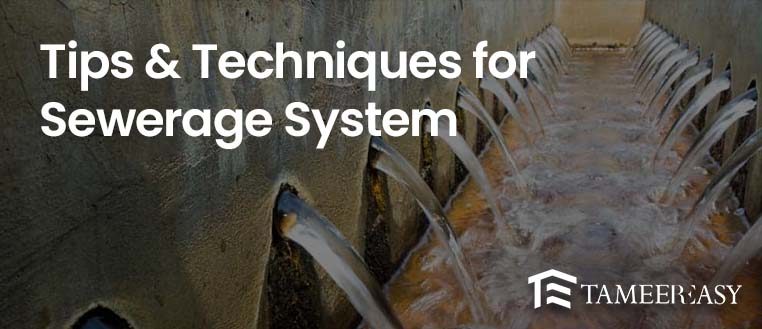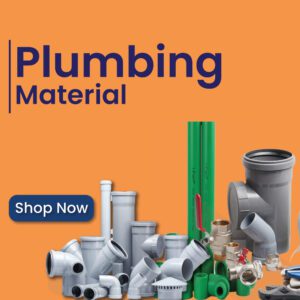A sewerage system at home is a vital part of modern living that ensures the proper disposal of wastewater and sewage from our homes. This system is responsible for carrying away household wastewater from Washroom, sinks, showers, and other appliances to the city’s main sewer lines or septic tanks. It is crucial to have a well-designed and properly installed sewerage system to avoid issues such as water pollution, unpleasant odours, and potential health hazards.
When installing a sewerage system at home, it’s essential to consider various factors such as the home’s size, location, soil type, and number of occupants. Additionally, it’s crucial to follow the necessary guidelines and best practices to ensure that the system functions correctly and remains efficient over time.
Ten Tips & Techniques for Installing Sewerage System
Here are ten tips and techniques to follow while installing sewerage systems at home:
1. Consult with a Professional
Hire a professional plumber or contractor with experience in sewerage system installation to help you plan and design your system.
2. Determine the Right System
Depending on your location and local regulations, determine whether you need a septic system or a connection to the city’s sewer system.
3. Site Evaluation
Conduct a site evaluation to determine the soil type, water table, and other conditions that may affect the system’s design and installation.
4. Proper Sizing
Ensure that the system is appropriately sized based on the number of occupants, household water usage, and other factors.
5. Use Quality Materials
Use high-quality pipes, fittings, and other materials to ensure the system’s durability and longevity.
6. Follow Proper Installation Practices
Follow the proper installation practices to ensure the system is installed and functions correctly.
7. Proper Ventilation
Ensure that the system is properly ventilated to prevent the buildup of dangerous gases such as methane.
8. Regular Maintenance
Schedule regular maintenance and inspections to ensure that the system remains in good condition and avoids potential issues.
9. Be Mindful of What Goes Down the Drain
Be mindful of what goes down the drain, as certain items, such as fats, oils, and non-biodegradable materials, can cause blockages and other issues.
10. Educate Yourself
Educate yourself on the proper use and maintenance of the system to avoid potential issues and ensure that the system operates efficiently.
Conclusion
Following these ten tips and techniques ensures that your home’s sewerage system functions correctly and remains efficient over time. A well-designed and properly installed sewerage system that provides a safe and healthy environment for you and your family is essential to modern living.








